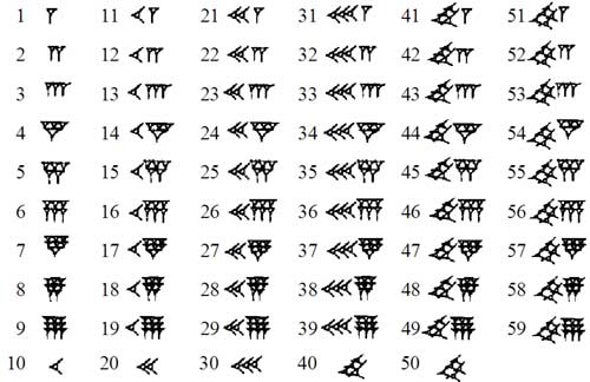Speculative phase:
I think the Babylonians chose to use base 60, known as the sexagesimal numeral system, with the discovery of time. As there are 60 seconds in a minute or 60 minutes in an hour, they chose to follow that same measurement for numerical calculations so that they can relate it back to time. 60 has prime factors 2, 2, 3, 5 and 10 has prime factors 2, 5. Their greatest common divisor is 10 and their lowest common multiple is 60.
In my daily life, 60s is used often, particularly through rates of change. Rates of change such as speed and acceleration are used all the time when operating a motor vehicle as they tell information as to how far something is relative to time (eg. Kilometers per hour). When driving 50 km/h, this means that I will travel 50 kilometers for each hour I drive (holding all else constant). I also rely heavily on time to manage my daily schedule between classes, cooking, chores, and resting. My average class length is about 2 hours long, or 120 minutes, or 7200 seconds.
Research phase:
According to Numberphile, the Babylonians used 60 because it was a number that divides nicely into 1, 2, 3, 4, 5, 6, 10, 12, 15, 20, 30, 60. It is the smallest number that divides 1, 2, 3, 4, 5, 6. We use base 10 because we have 10 fingers. Numberphile notes that the Babylonians used knuckles on one hand to count to 12 and grouped them into 5 sets with the other hand. Babylonians were great astronomers and found that it took around 360 days for Earth to go around in a circle. They divided a circle into 360 degrees, which could be divided into 60. Today, we still use the sexagesimal system when measuring angles and coordinates. In Chinese cultures, the yearly calendar is used heavily to determine when optimal harvesting seasons.
Sources:
Numberphile. (2012). Base 60. Retrieved September 17, 2020 from https://www.youtube.com/watch?v=R9m2jck1f90.
Sweeny J.F. n.d. Why
Base 60. Retrieved September 17, 2020 from https://vixra.org/pdf/1407.0062v1.pdf.


The sixty minute hour is so pervasive in our lives! I appreciate the connection that you've made to rates of change.
ReplyDelete